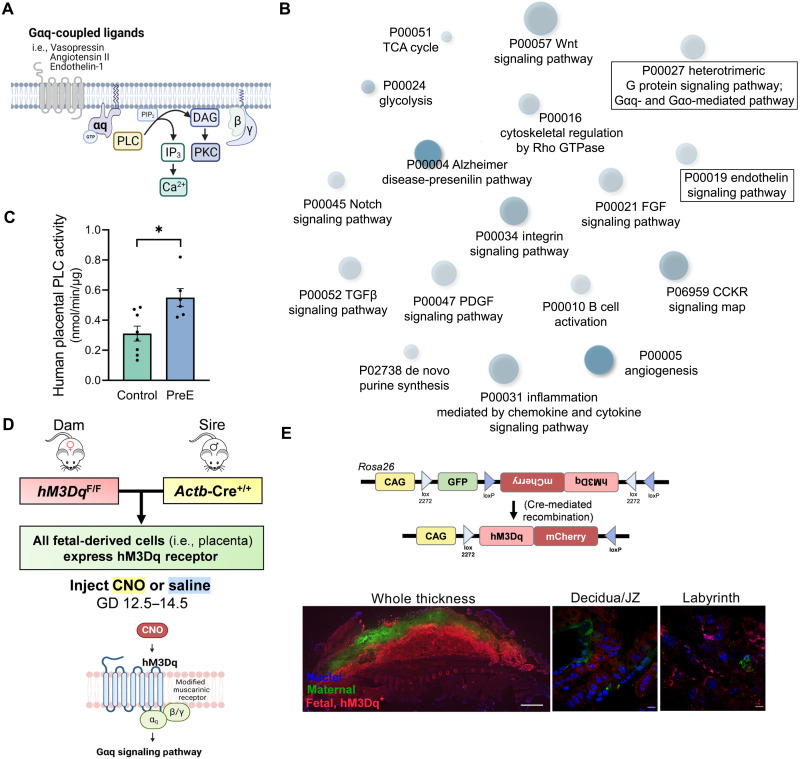Fig. 1. Augmented Gαq-related activity in human preeclamptic placenta and development of a mouse model of fetoplacental Gαq signaling.
(A) Overview of Gαq-mediated signaling pathway. (B) Gene ontology biological processes (Shiny GO 0.74.1) enriched within the differentially expressed gene set of preterm preeclamptic placenta compared to preterm control (microarray, GSE75010; preterm control n = 35, preterm PreE n = 49). (C) PLC activity in human villous placental samples. (D) Breeding paradigm for targeting hM3Dq expression to the placenta and schematic depicting selective activation of the Gαq cascade with the hM3Dq DREADD. (E) Schematic of Cag-FLEX-hM3Dq in the Rosa26 locus (top), adapted from (40). Placenta of hM3Dq dam x Actb-Cre sire pregnancy. Scale bars, 1000 μm (left) and 10 μm (middle, right). PreE, preeclampsia. TCA, tricarboxylic acid. GTPase, guanosine triphosphatase. JZ, junctional zone. Images (A, D, and E) were created using BioRender (www.biorender.com).

